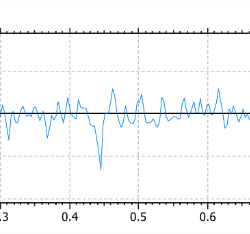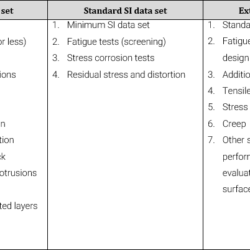Difference Between Surface Roughness and Surface Finish
Primary aim of secondary manufacturing processes is to obtain products having better surface quality, high dimensional accuracy and close tolerance. Such processes include machining or metal cutting operations (like turning, milling, drilling, reaming, precision turning, grinding, lapping, honing, AJM, USM, EDM, LBM, IBM, etc.) and surface modification operations (like heat treatment, coloring, coating, etc.). Each of these processes has varying level of capabilities in terms of surface quality and precision.

